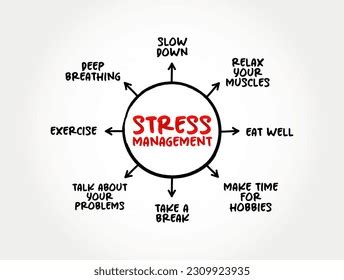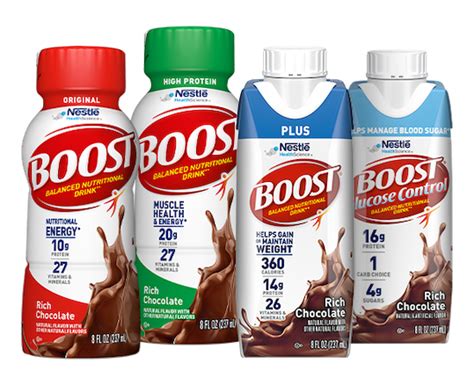How to optimize recovery for peak strength gains?

Achieving peak strength gains isn’t just about how hard you lift; it’s equally, if not more, about how effectively you recover. Muscle growth and increased strength occur not during your workout, but in the hours and days that follow, as your body repairs and adapts to the stress you’ve placed upon it. Neglecting recovery is like planting a seed and forgetting to water it – you can work hard, but without the right conditions, you won’t see optimal growth. Optimizing recovery ensures your body is primed to build new muscle tissue, replenish energy stores, and prepare for the next challenge.
The Cornerstone of Strength: Prioritizing Sleep
Sleep is arguably the most critical component of recovery for strength athletes. During deep sleep stages, your body releases a significant amount of human growth hormone (HGH), which is vital for muscle repair and growth. Furthermore, adequate sleep helps regulate cortisol (a stress hormone that can inhibit muscle growth) and optimize testosterone levels. Aim for 7-9 hours of high-quality, uninterrupted sleep per night. Establish a consistent sleep schedule, create a dark and cool sleep environment, and avoid screens before bed to enhance sleep quality.

Fueling Recovery: Strategic Nutrition
What you eat after and between workouts directly impacts your body’s ability to recover and rebuild. Protein is essential for muscle protein synthesis, providing the amino acid building blocks your muscles need to repair. Aim for 1.6-2.2 grams of protein per kilogram of body weight daily, distributed across meals. Carbohydrates are equally crucial, as they replenish glycogen stores depleted during intense training, supplying the energy needed for subsequent workouts and recovery processes. Don’t forget healthy fats, which support hormone production and reduce inflammation.
Hydration is another non-negotiable aspect of nutritional recovery. Water plays a role in nearly every bodily function, including nutrient transport, temperature regulation, and joint lubrication. Even mild dehydration can impair performance and slow recovery. Sip water consistently throughout the day, and increase intake around workouts.

Active Recovery and Mobility Practices
While rest days are vital, active recovery can significantly enhance blood flow, reduce muscle soreness, and improve flexibility without adding undue stress. This might include light cardiovascular activity like walking or cycling, dynamic stretching, or foam rolling. These practices help flush metabolic waste products from muscles and bring fresh, oxygenated blood and nutrients to damaged tissues, accelerating the repair process.
Incorporating regular mobility work, such as stretching or yoga, can improve your range of motion, prevent imbalances, and reduce the risk of injury, all of which contribute to more consistent and effective training sessions over time.

Managing Stress and Preventing Overtraining
Physical stress from training, combined with psychological stress from daily life, can elevate cortisol levels, hindering recovery and potentially leading to overtraining. Chronic high cortisol can break down muscle tissue, increase fat storage, and impair sleep. Implementing stress management techniques like meditation, deep breathing exercises, spending time in nature, or engaging in hobbies can significantly impact your recovery capacity.
Listening to your body is paramount. Incorporate deload weeks into your training cycle, where you reduce volume or intensity, allowing your body to fully recuperate and supercompensate. Ignoring persistent fatigue, declining performance, or prolonged soreness is a direct path to overtraining and plateaus.

Strategic Supplementation (When Necessary)
While whole foods should always form the foundation of your recovery strategy, certain supplements can play a supportive role. Creatine monohydrate is highly researched and proven to enhance strength and power, and aid in recovery by replenishing ATP. Whey protein can be a convenient way to meet protein targets, especially post-workout. BCAAs (branched-chain amino acids) and essential amino acids (EAAs) may help reduce muscle soreness and promote protein synthesis, though a high-protein diet often provides sufficient amounts. Always consult with a healthcare professional before starting any new supplement regimen.

Optimizing recovery is not a passive process; it’s an active and intelligent approach to training that ensures you get the most out of every session. By prioritizing sleep, fueling your body with proper nutrition, engaging in active recovery, managing stress, and strategically using supplements, you create the ideal environment for continuous strength adaptation and peak performance. Remember, consistency in recovery is just as important as consistency in training.






